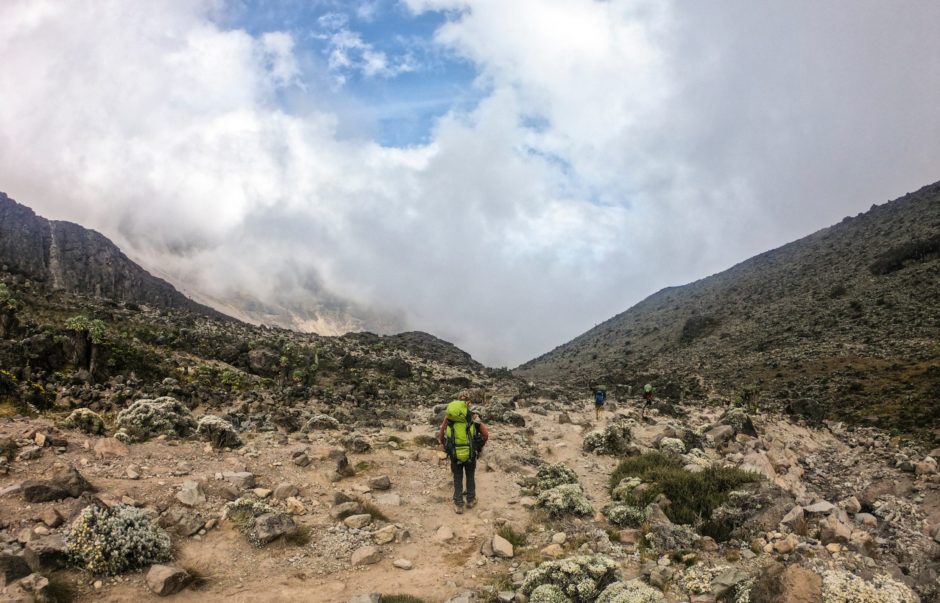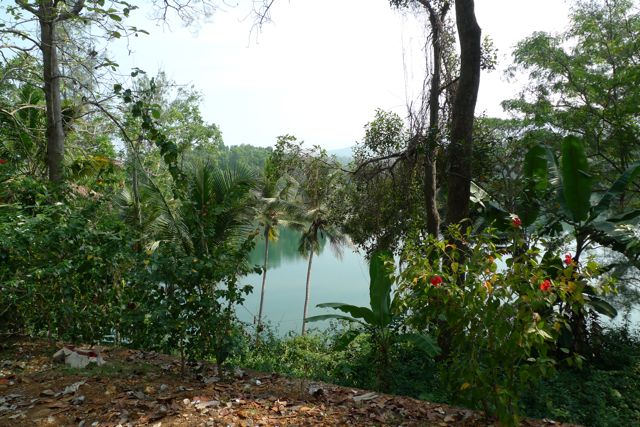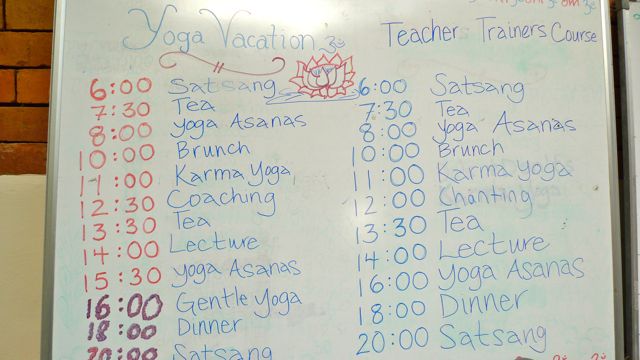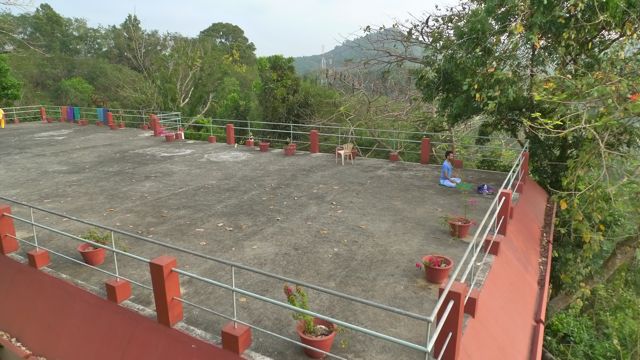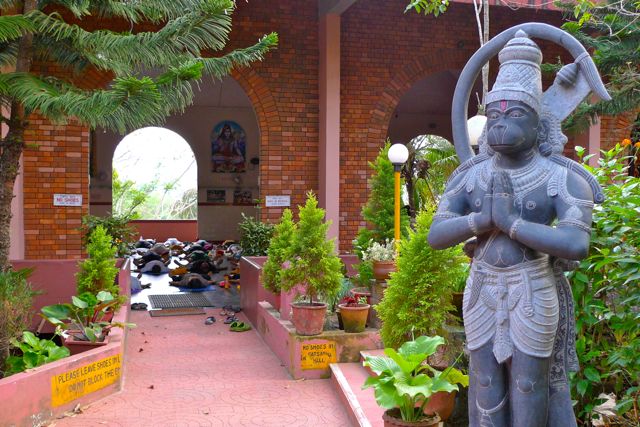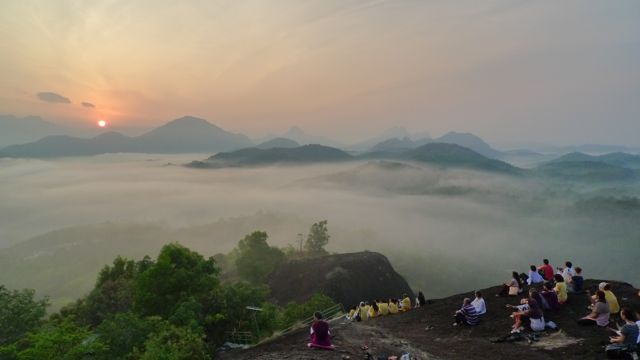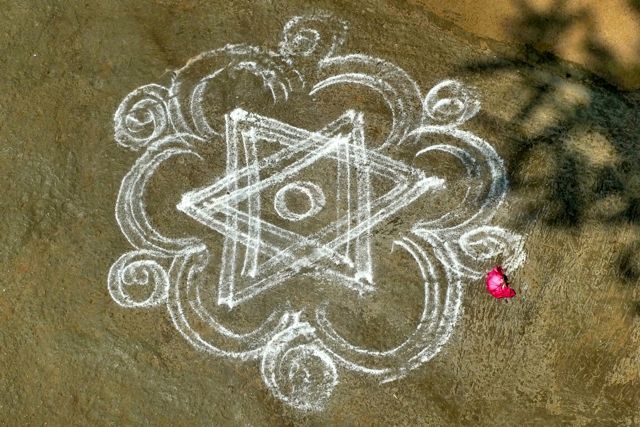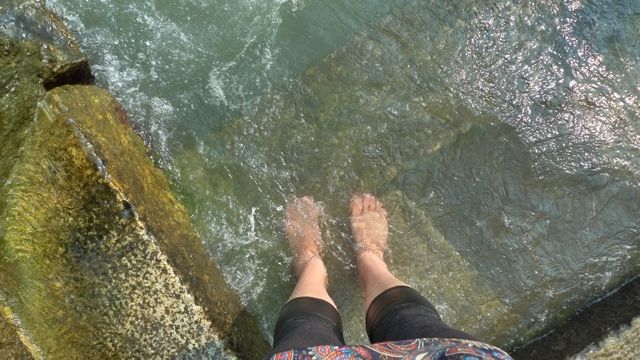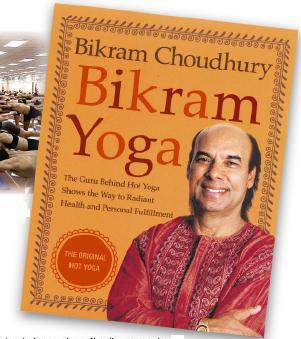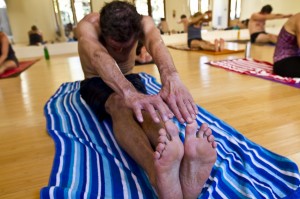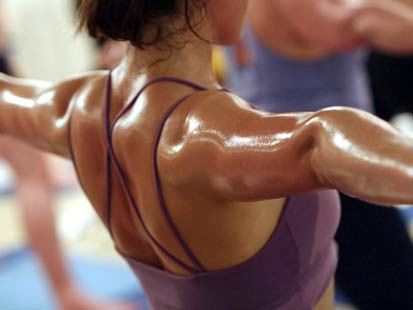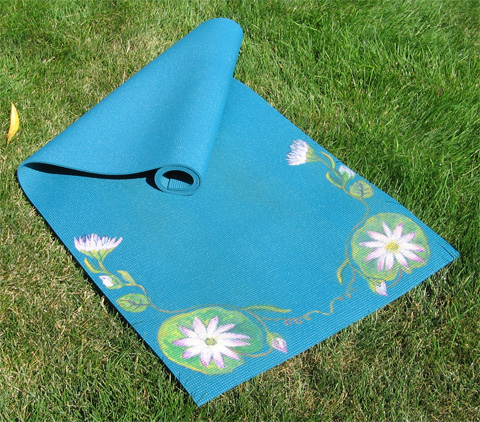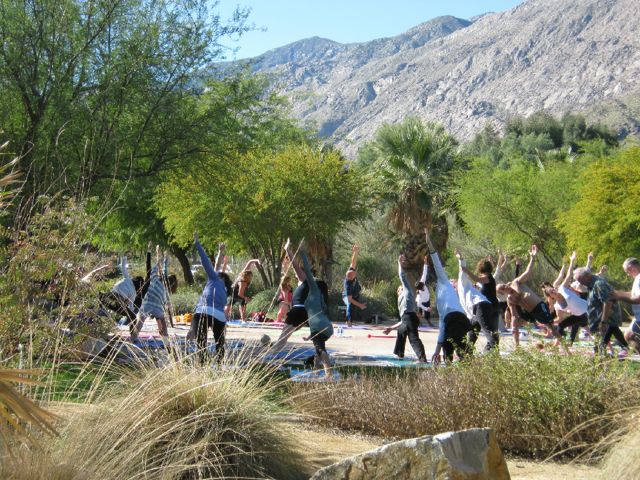I’ve had a few people reach out to me about how I trained for the Mount Kilimanjaro trek, (and I also want to remind myself of what I’m capable of), so I’m pulling it all together here. It’s a blend of weightlifting, cardio, Peloton, outdoor activity, and Wim Hof method.
Here we go:
THE BASIC PLAN
I started ramping up my cardio and doing long hikes many months in advance. But as the date of my trip creeped closer, I got serious about training. This 12-week training plan was my basic outline, and my friends who summited used this too. Because I work, have a family, and juggle a freelance career, I did modify the plan on occasion, but I tried to stick to it as best I could.
CARDIO
For cardio, I rode my Peloton a lot. For my “fun” rides, I opted for Jess King’s sweat steady rides or HIIT classes from my favorite instructors. But I primarily focused on doing Power Zone challenges — these are 6-8 week challenges of Power Zone classes, which use your individual functional threshold power for a customized workout to improve endurance, performance, and strength. I think PZ classes are also particularly effective for improving VO₂ max, the amount of oxygen your body can take in and use during exercise, and that was a priority for me. I’ve struggled with asthma my entire life, and I was nervous about the thin air at Kilimanjaro’s extremely high altitudes.
WEIGHTS
I also knew I had to get stronger in order to carry a heavy pack for several hours each day, scramble up rocks, etc. I have a set of free weights that I use at home, and I used those to do the IRON series from Caroline Girvan on YouTube. I won’t lie — these classes are HARD. Some days my muscles trembled for hours afterward. But they’re great. It’s like having the world’s best personal trainer in your house.
YOGA
Power yoga was recommended by both my pulmonologist and a friend who has summited Mount Whitney, so I added that into the mix too. It was beneficial for keeping me flexible, but also for learning to regulate my breath with strenuous movement. I took Peloton’s yoga classes, but you could do classes from anywhere. (One thing about me and yoga: I always have to force myself to do it, even though I feel great afterward and love having done it. So if you feel the same way, you’re not alone.)
OUTDOORS
Outdoor workouts were also a huge part of my training. In addition to long hikes, I also walked up the steepest road in my neighborhood, sometimes wearing a backpack weighted with dumbbells, sometimes wearing my friend’s baby in a carrier on my back.
In my case, the steepest road around is Tramway Road, which climbs 1,800 feet in 3.7 miles, and I grew to love my sunrise walks there. (We just moved away, and I miss that road more than I expected, especially considering how many times I cursed at it.)
WIM HOF
Are you familiar with Wim Hof? He’s a Dutch madman who plunges himself into ice, performs extreme athletic feats, and can hold his breath for six minutes at a time. And I completely and wholly believe in his methods. I first learned about him in a wacky GOOP documentary, I’m embarrassed to admit. Then he led a breathwork session on my favorite meditation app, and I felt tingly and high just from breathing. (That was on Insight Timer, but sadly his session has been removed.)
To prepare for Kili, I knew that cold exposure and increasing my lung capacity would be helpful, so I cobbled together some Wim Hof training on my own. I read everything I could about the guy and his techniques. I downloaded Wim’s app, paid for some of the trainings, and practiced his breathing method. I don’t have an ice bath for cold plunges, so I did cold water for the last few minutes of every shower (I increased the cold water time over a period of months). You can also find instructors trained in the Wim Hof method all over the world.
Overall, I worked very hard long before I ever saw the mountain, and then I worked very hard to summit it. And I discovered that I’m stronger and more determined than I ever realized.

